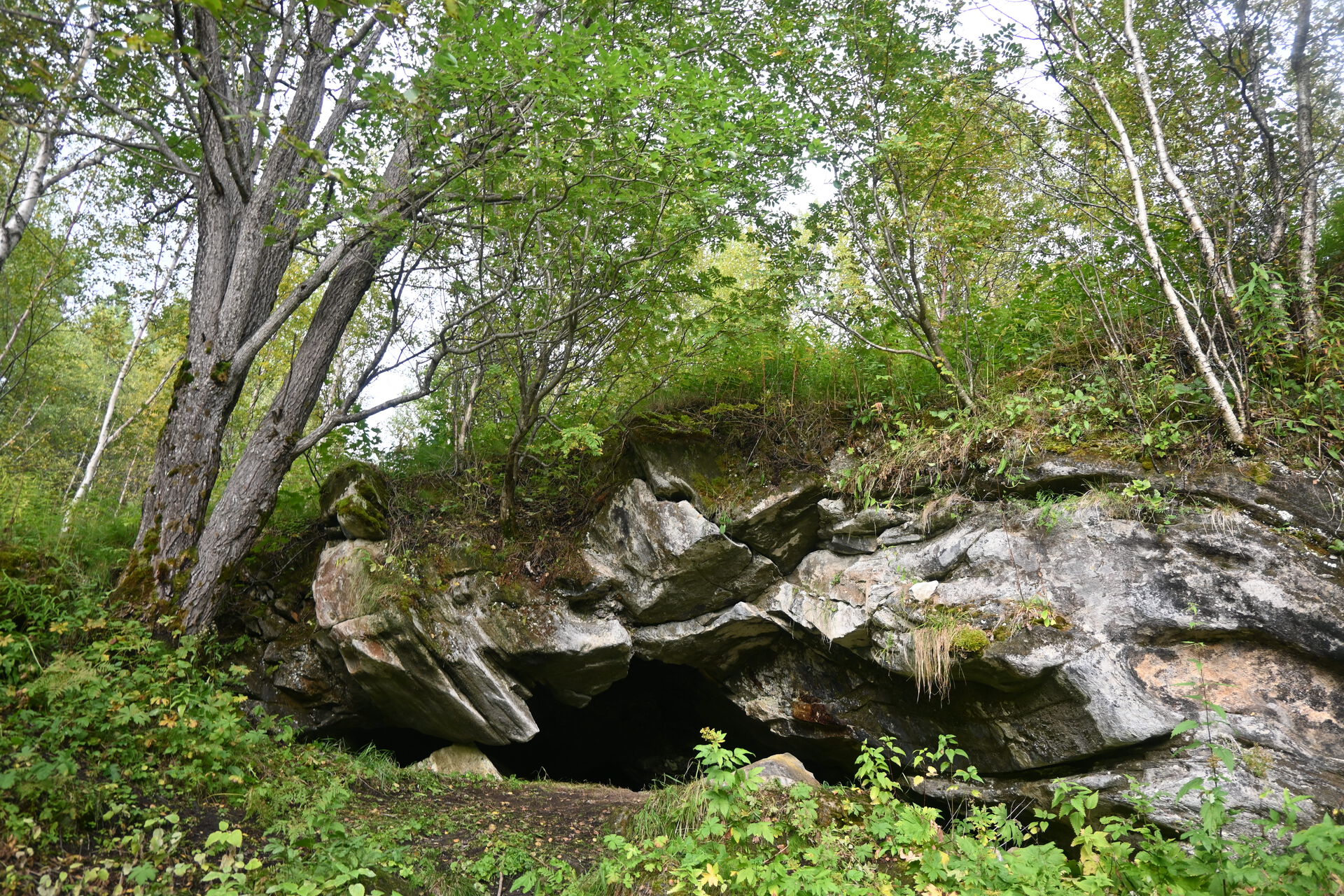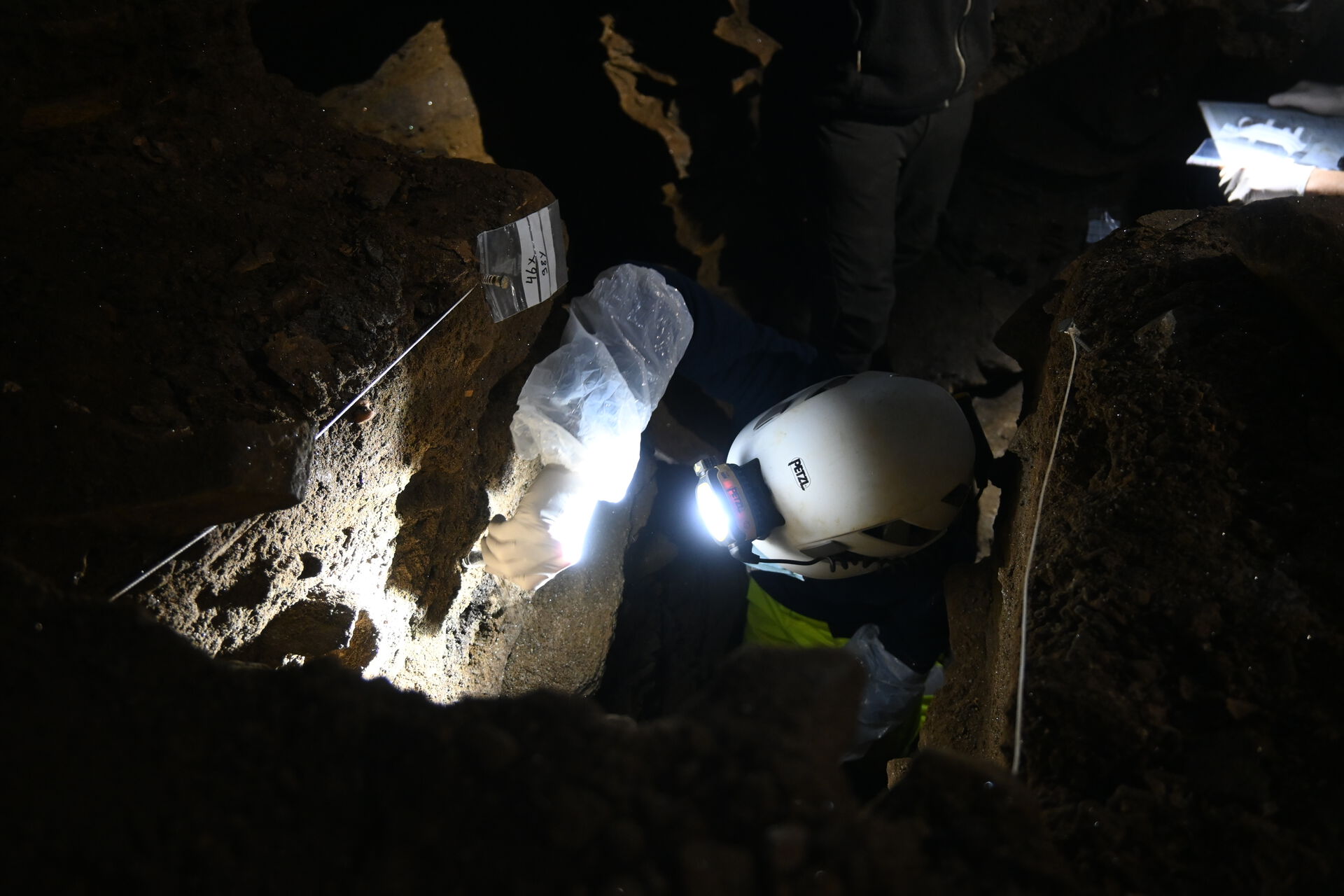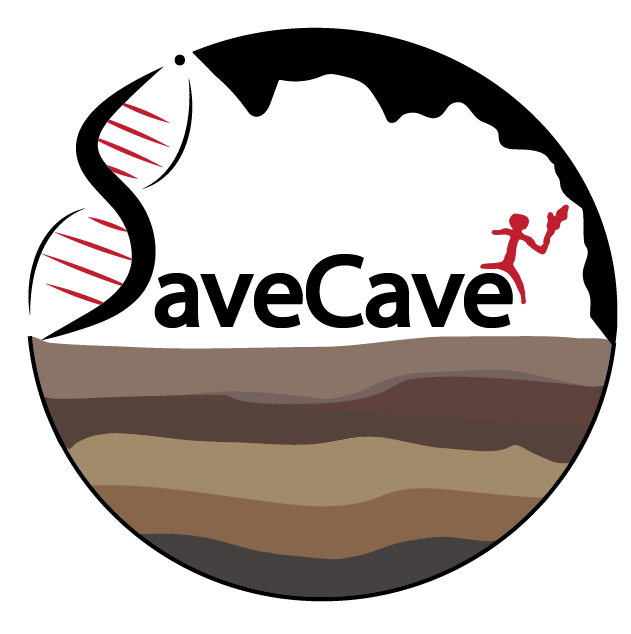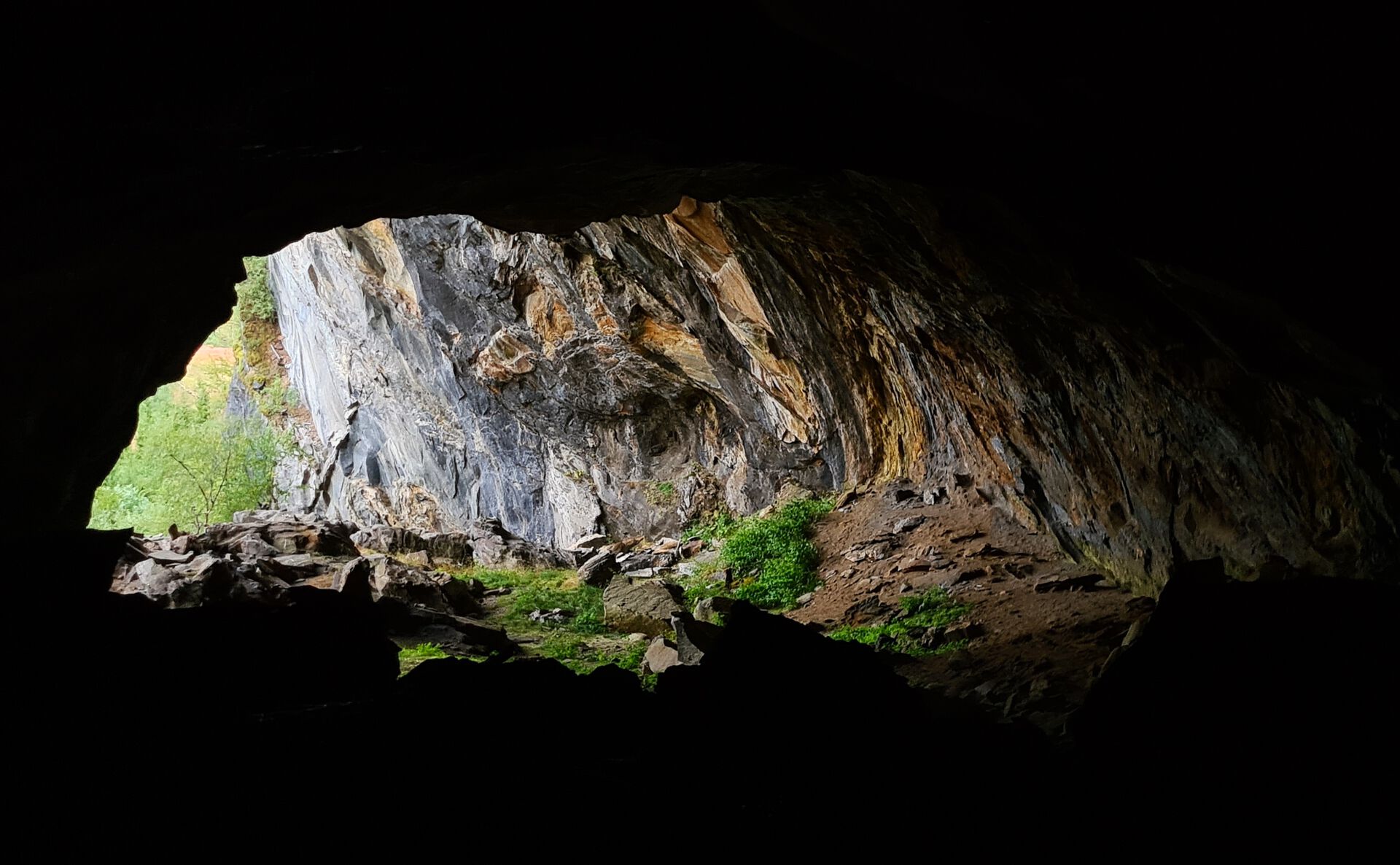About the project
Modern ecosystems are the result of extensive past human-environment interactions that started in prehistoric times. In order to better predict and mitigate the unprecedented impacts of current climate change and biodiversity loss, we must include a multi-millennial perspective of ecosystem dynamics —which can only be obtained by examining the fossil record. Arguably the best records to study such human-environment interactions can be obtained from caves, with their protective environments that simultaneously could provide shelter to early humans and any accumulated bones. Moreover, caves and rock shelters have been extensively used by past humans, preserving both subsistence and non-subsistence based cultural activity with varied ethnic diversity since first colonisation from 11000 calBC. High-latitude caves are especially valuable in this respect as they can provide long-term biodiverse and archaeological records of those regions that currently experience extreme change.

In Norway, such cave environments are understudied, and alarmingly, under threat of active degradation by casual visitors, organised tourism, developing industry and climate change. There is therefore an urgent need to study and protect these environments before they irreversibly disappear. In SaveCave we address this need by compiling an extensive zoo-archaeological record from caves in Fennoscandia. The integration of novel palaeogenomic tools with (zoo-)archaeological and geological analyses of cave archives provides scientists with exceptional opportunities to simultaneously record human activity, culture and palaeoecological environments at a local scale. Through novel genomic approaches, we will maximise the taxonomic resolution of this record, and investigate human-environment interactions during the Holocene. Importantly, we will engage a dialogue with different stakeholders in order to promote and implement nature, culture and cultural heritage preservation in caves.

SaveCave brings together an interdisciplinary team with varied backgrounds in biology, archaeology, zoo-archaeology, palaeozoology, genomics and ancient DNA.
The SaveCave project is a collaboration between the Department of Biosciences, University of Oslo, the University Museum of Bergen and the Norwegian University of Life Sciences (NMBU).
Financing
SaveCave is funded by The Faculty of Mathematics and Natural Sciences' sustainable development initiative.

